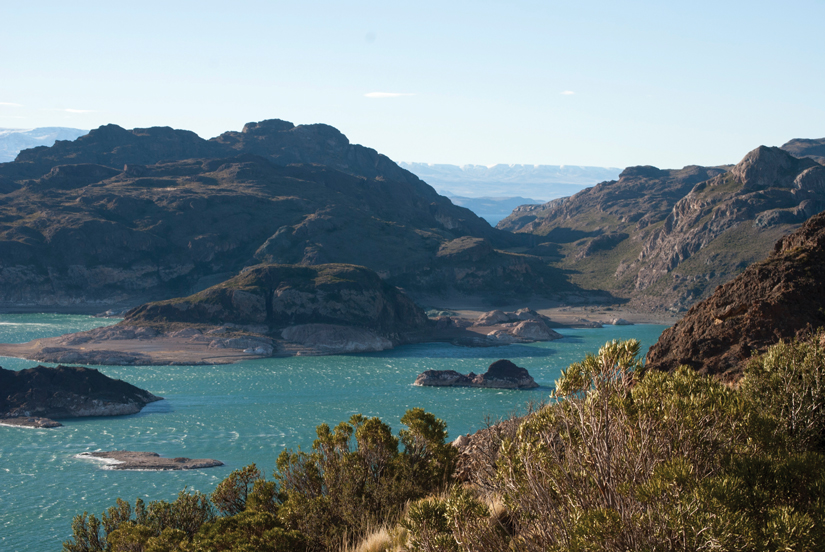Records from drill holes in the eastern equatorial Pacific indicate that Earth's orbital eccentricity played an important role in controlling climate as the planet warmed.
Paleoceanography and Paleoclimatology
Posted inResearch Spotlights
Ancient Ocean Floor Seashells Improve Model of Past Glaciers
More accurate reconstruction of ice sheets over the past 150,000 years could help scientists predict future climate change.
Posted inResearch Spotlights
Corals Reveal Ancient Ocean Temperatures in Great Barrier Reef
Old coral colonies suggest that a prehistoric warming event called the mid-Holocene Thermal Maximum may have occurred earlier than previously thought.
Posted inResearch Spotlights
Reconstructing the Ocean's Murky Past
Scientists test whether sparse, indirect data can reveal ancient ocean chemistry and circulation patterns.
Posted inResearch Spotlights
Peruvian Andes Helped to Cool Eastern Equatorial Pacific
Scientists investigate the role of the Peruvian Andes on climate variability.




